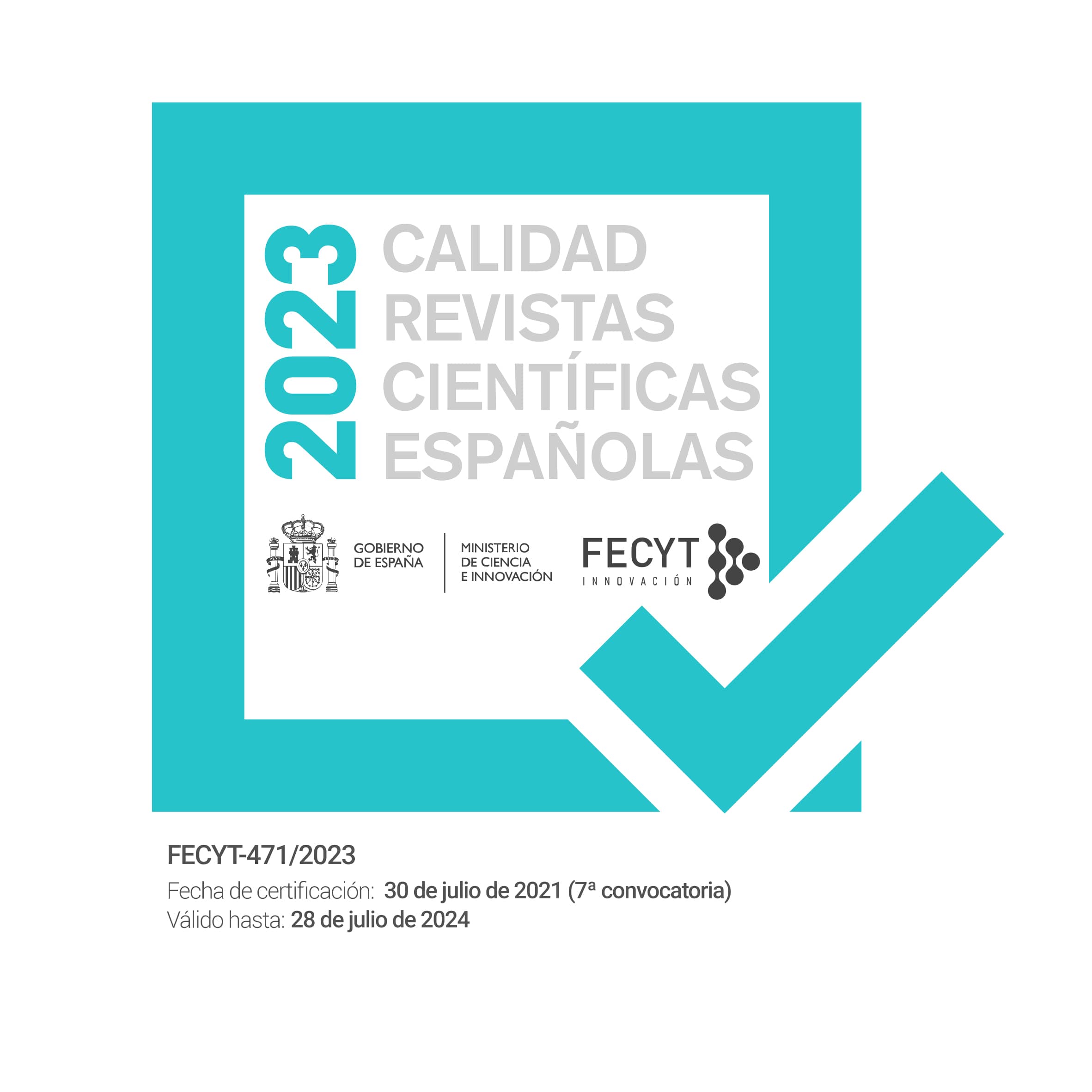Workaholics: characteristics, identification and prevention from a holistic perspective
Abstract
Introduction The work gives the person a sense of identity, affects its self-esteem and gives legitimacy to the family and society. However, there is a fraction of workers who carry it out in a very intense and compulsive way, which has negative implications. This sets a condition known as work addiction.
Objective To describe the characteristics of workaholism and factors that predispose to it, as well as preventive actions to avoid workaholism at organizational and individual level.
Methods: Literature review and critical and reflexive reading. workaholism within the following database: Medline, Cuiden, Cochrane, Pubmed and Google Scholar using as keywords: nursing, workaholism and clinical symptomatology during 2013.
Results: The appearance of physical symptoms are usually indicators for detecting workaholism, however, these physical symptoms alone do not allow to point out a possible addiction, being also necessary to evaluate psychological and social aspects.
Conclusions: It is difficult to differentiate between hard work and workaholism for four main reasons: 1) the rejection of the problem by the person affected 2) hardworking people are praised in society, excessive devotion is regarded as a quality 3) the lack of information to the population for awareness raising of work addiction as a disease, 4) non-existence of workaholism within the criteria of diagnostic manuals (ICD-10)
Downloads
The works published in this magazine are subject to the following terms:
1. The Publications Service of the University of Murcia (the publisher) preserves the copyright of the published works, and encourages and allows the reuse of the works under the license for use stated in point 2.
© Servicio de Publicaciones, Universidad de Murcia, 2011 (© Publications Service, University of Murcia, 2011)
2. The works are published in the electronic edition of the journal under Creative Commons Reconocimiento-NoComercial-SinObraDerivada 3.0 España(texto legal) “ a Attribution-NonCommercial-NoDerivatives 3.0 Spain license (legal text)”. They can be copied, used, broadcasted, transmitted and publicly displayed, provided that: i) the authorship and original source of their publication (journal, publisher and URL) are cited; (ii) are not used for commercial purposes; iii) the existence and specifications of this license is mentioned.
3. Conditions of self-archiving. Authors are allowed and encouraged to electronically disseminate the pre-print (pre-reviewed ) and / or post-print (reviewed and accepted for publication) versions of their works prior to publication, as it ensures a wider circulation and dissemination which may lead to a possible increase in its mention and a higher scope among the academic community. RoMEO color: green.













